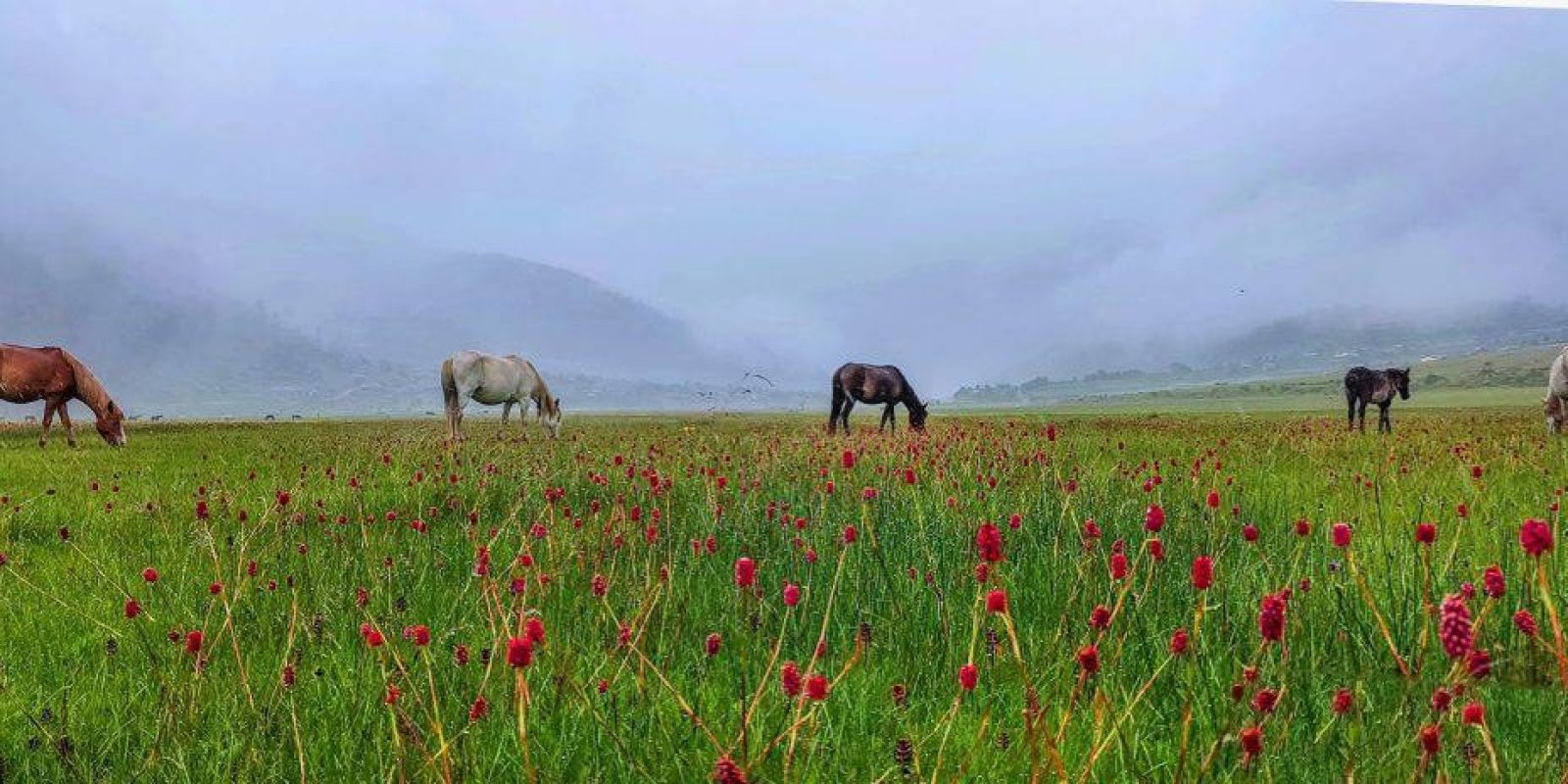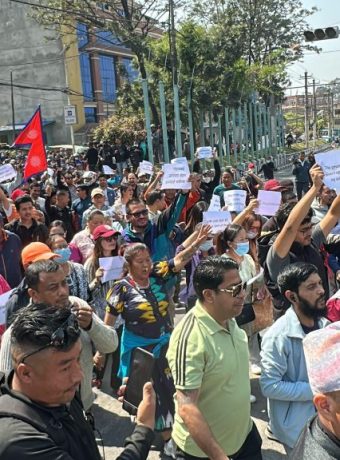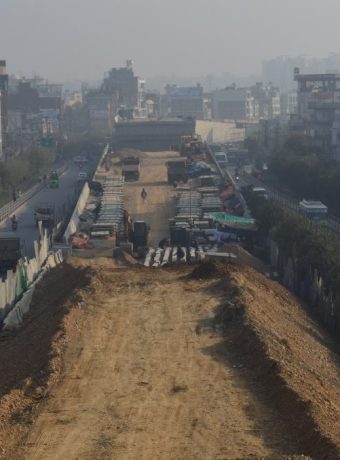Colorful flowers and wildlife draw tourists to Dhorpatan Hunting Reserve

Dhorpatan Hunting Reserve, Nepal’s only hunting reserve, is drawing tourists with its breathtaking landscapes and the vibrant blooms of Buki flowers. Spanning 1,325 square kilometers across Eastern Rukum, Baglung, and Myagdi districts, the reserve offers stunning sights of colorful flowers on flat plains and steep slopes, herds of domestic animals grazing in fields, and a backdrop of the Himalayas, clouds, sun, and rain.
According to Jeevan Kumar Pun, Secretary of the Dhorpatan Tourism Promotion Development Institute, the nutrient-rich Buki flowers have become a major attraction for tourists. “While other places experience an off-season from June to September, it’s peak season in Dhorpatan,” he said. “What was once a local attraction is now a medium for ecotourism.”
The reserve’s accessibility has been enhanced by roads, transportation, hotels, homestays, media coverage, and social media. Ram Bahadur Gharti Magar, operator of the Dhorpatan community homestay, noted that tourists visit daily to photograph and film the blooming flowers and share them online while enjoying the natural beauty.
On weekends and holidays, visitors from cities across Nepal travel to Dhorpatan. Mandip Pangeni, Conservation Officer explained that Buki flowers bloom from July to early October. “In the rainy season, Buki is the main attraction in Dhorpatan,” he said. “We have begun identifying and documenting the types of flowers found here.”
Pashupati Adhikari, Conservation Officer has collected photos and local names of 13 different flower types in the reserve, including those known locally as Dahitheki, Rakshas, Bisauri, Bokshi, Rake, Dudhe, Othe, Putali, Nakhephuli, Phatyangri, Pyauli, Madane, and Kapchucche.
The reserve plans to identify the English and scientific names of the collected flowers with expert assistance, according to Conservation Officer Pangeni. To protect these flowers, the reserve has prohibited the removal of cattle dung from grazing areas.
Farmers from Myagdi, Baglung, and Eastern Rukum bring their cattle, buffalo, sheep, goats, and horses to graze on the nutritious grass in Dhorpatan. Farmer Dhan Bahadur Kayat noted that animals that graze on Buki grass remain healthy, gain weight, and produce more milk and meat.
Dhorpatan Hunting Reserve is becoming a year-round tourist destination, offering unique attractions each season. Sagar Subedi, Ranger reported that 581 Nepali tourists visited Dhorpatan from Shrawan 1-28, 2081. During the fiscal year 2080/81, the reserve attracted 15,573 visitors, generating NPR 1,933,700 in ecotourism revenue.
At Deurali, the entry point to Dhorpatan Valley, tourist information is recorded, and fees are collected by the reserve and the Nepali Army post. The entry fee is NPR 100 per Nepali, NPR 1,500 per person from SAARC countries, and NPR 3,000 for tourists from other countries.
Birendra Prasad Kandel, Chief Senior Conservation Officer reported that the reserve collected NPR 47,102,628 in revenue during the last fiscal year, up from NPR 34,800,000 the previous year. He attributed the increase to more hunting opportunities, which have boosted revenue from hunting activities.
Source: RSS



